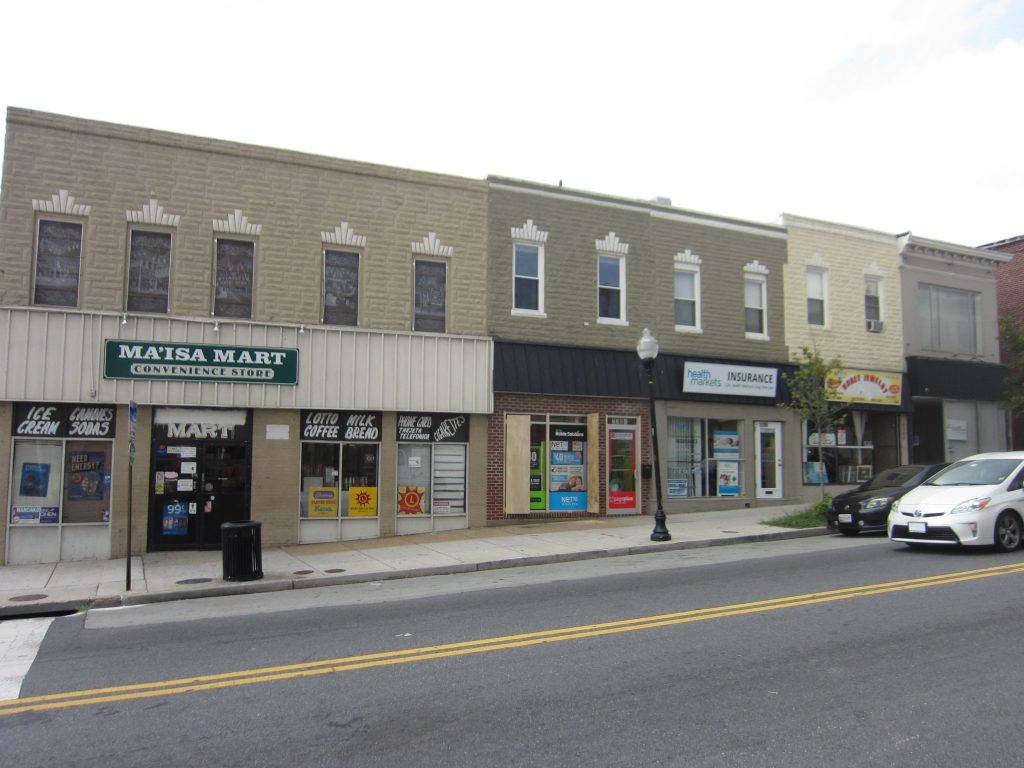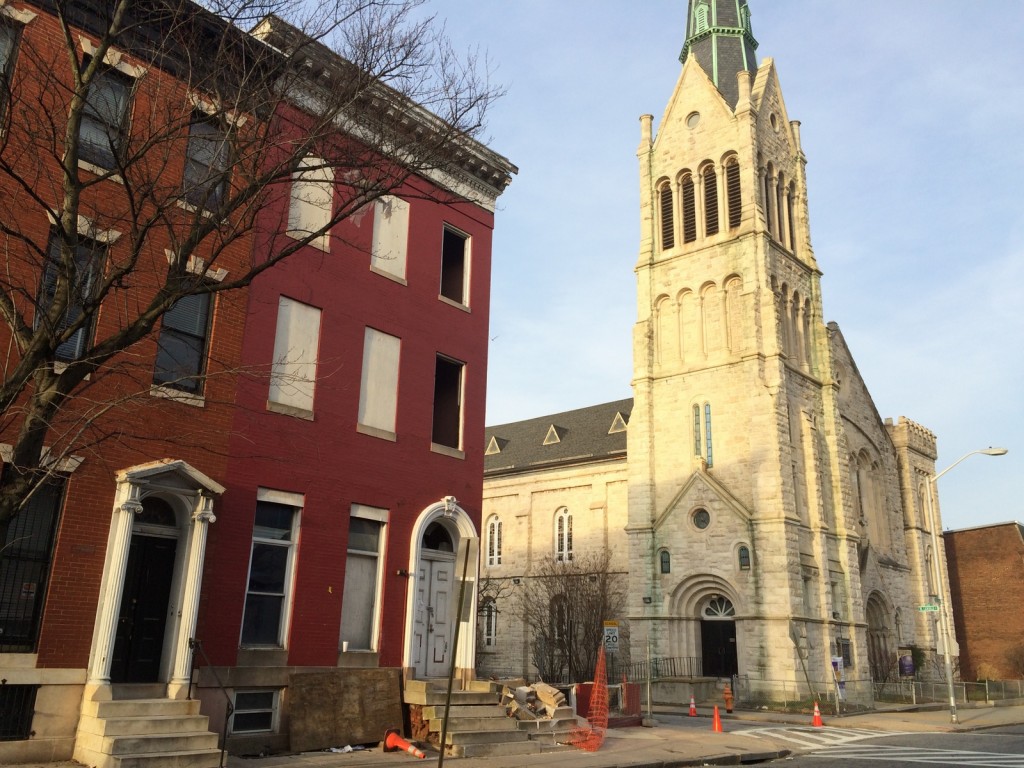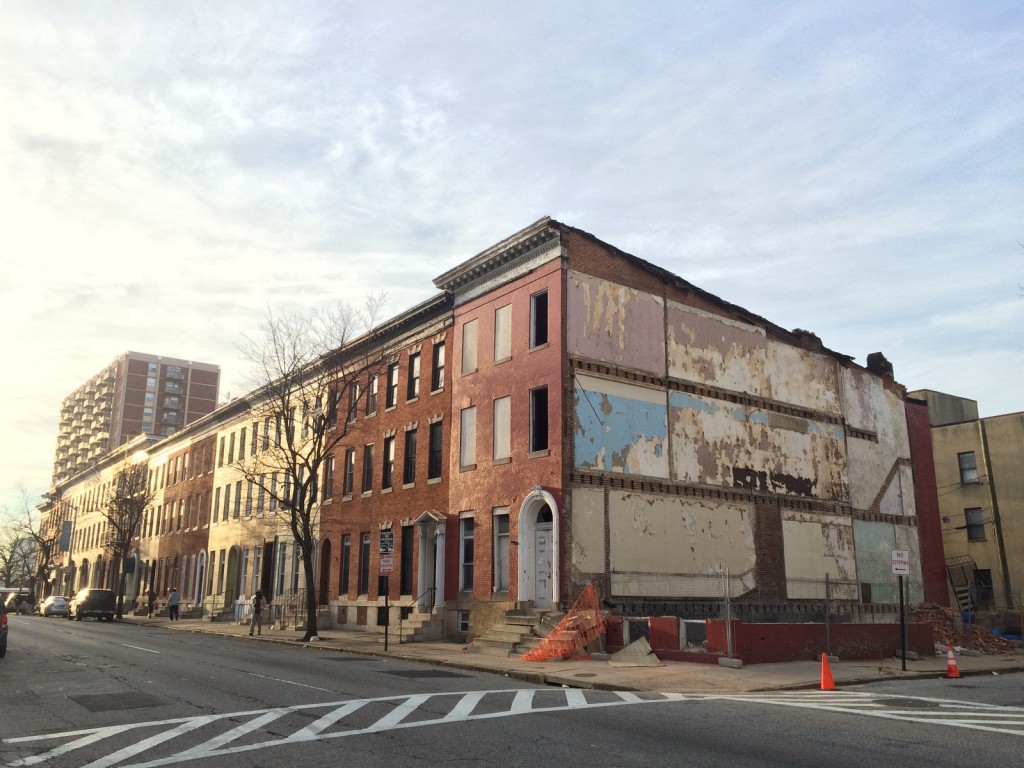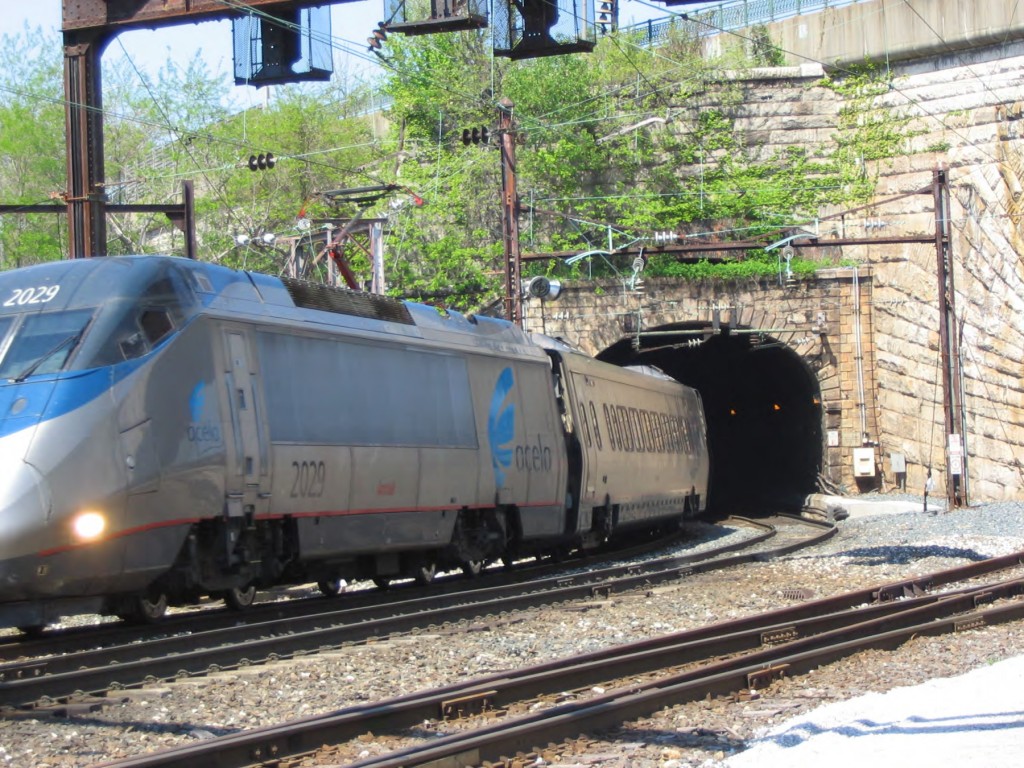In July, we joined our nonprofit partners the Neighborhood Design Center and AIA Baltimore to kick off a new program through the Maryland Department of Housing and Community Development to rehab and improve commercial storefronts that were damaged during the civil unrest in Baltimore last April. The program, called the Storefront Improvement Grant Program, is providing $650,000 to fix storefronts along main streets from Pennsylvania Avenue in Sandtown Winchester to Eastern Avenue in Highlandtown.
From a pool of 145 applications, 26 projects were selected to receive funds. Each business will get up to $10,000 for improvements, as well as an architect volunteering through the American Institute of Architects Baltimore Chapter. After working out a design with the owner and architect, youth training teams from Civic Works and Living Classrooms will do the actual construction. We at Baltimore Heritage are helping by providing assistance on meeting historic preservation standards to ensure the redesigned storefront helps the owner and the surrounding neighborhood.
In addition to Sandtown Winchester and Highlandtown, the following other neighborhoods are slated to have storefront improvement projects: Pigtown, Waverly, Park Heights, Hollins Market/Union Square, and Market Center/Downtown. With project design work beginning this month, construction for the first set of storefronts is expected in the early fall.





